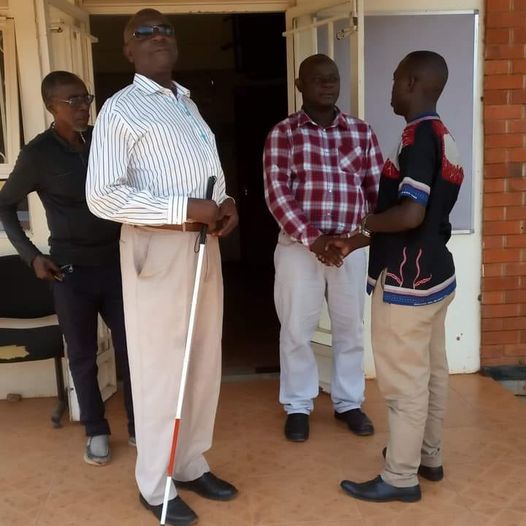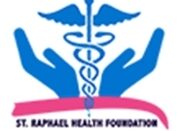Prostate cancer continues to take a toll on men’s health worldwide, and Uganda is no exception. This disease is responsible for more than 1,177 annual deaths in Uganda alone, where health services remain out of reach for many due to high costs and limited availability. In response to this urgent health crisis, our initiative has pioneered a unique approach that addresses both healthcare accessibility and employment for the visually impaired. By recruiting and training visually impaired men as certified medical rectal examiners, we are saving lives through early prostate cancer detection while empowering these men to leverage their disability as a strength.
Leveraging Disability as a Unique Ability
Our approach is transformative. By training visually impaired men in specialized medical examination techniques, specifically rectal palpation, they can detect signs of prostate cancer early on. Visually impaired individuals often possess heightened sensitivity in their tactile abilities, making them especially adept at detecting abnormalities through touch. This unique capability allows them to create meaningful employment for themselves and contribute significantly to life-saving healthcare services.
These trained men serve a dual purpose: not only do they gain valuable and dignified employment, but they also address the critical shortage of accessible healthcare in Uganda’s underserved communities. They bring essential screening services directly to those who need them most.
The Prostate Cancer Free Uganda Campaign
Our flagship Prostate Cancer Free Uganda Campaign has been instrumental in raising awareness, increasing early screenings, and providing training opportunities across the country. Through this campaign, we have:
- Trained and certified five visually impaired men as medical rectal examiners who conduct early prostate cancer screenings.
- Screened over 100 men, identifying early signs of prostate cancer and referring them for timely treatment.
- Reached over 200,000 people across Uganda through awareness campaigns and early detection efforts, promoting health education and offering critical services.
- Targeted 15 districts across Uganda and conducted 13 dedicated prostate cancer campaigns, ensuring broad outreach and impact.
Collaborations & Partnerships
Our work is bolstered by collaborative partnerships that include:
- 10 organizations, 6 private sector companies, and 15 hospitals and clinics, enabling us to expand our reach and resources.
- 10 secondary schools and 5 universities across Uganda, promoting prostate cancer awareness among younger generations and educating communities about prevention and early detection.
Addressing Uganda’s Prostate Cancer Crisis
Uganda’s healthcare system remains challenging for many, with more than 85% of the population lacking access to adequate facilities. This limited access, combined with rising prostate cancer incidence rates (5.2% annually), makes our initiative a much-needed intervention. By incorporating visually impaired men as medical professionals within the prostate cancer detection process, we’re not only closing healthcare gaps but also reshaping public perceptions about disability.
Empowering Men, Saving Lives
Our initiative represents a model of empowerment where visually impaired men can utilize their unique abilities in service of their communities. This effort underscores the idea that disability does not limit potential; instead, it can serve as a powerful asset in tackling the most pressing healthcare challenges. By promoting inclusivity in healthcare and creating opportunities for dignified employment, we are building a healthier, more equitable future for all Ugandans.
Our mission continues to expand as we reach more districts, train more medical rectal examiners, and strengthen our partnerships. Together, we are making significant strides in reducing prostate cancer deaths and breaking down barriers for visually impaired individuals.


